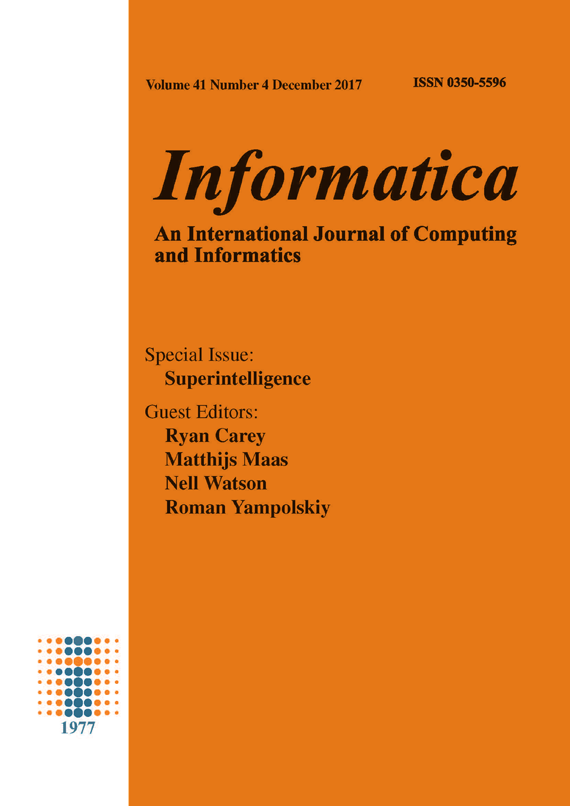Landmarking-Based Unsupervised Clustering of Human Faces Manifesting Labio-Schisis Dysmorphisms
Abstract
Ultrasound scans, Computed Axial Tomography, Magnetic Resonance Imaging are only
few examples of medical imaging tools boosting physicians in diagnosing a wide range
of pathologies. Anyway, no standard methodology has been dened yet to extensively
exploit them and current diagnoses procedures are still carried out mainly relying on
physician's experience. Although the human contribution is always fundamental, it is
self-evident that an automatic procedure for image analysis would allow a more rapid
and eective identication of dysmorphisms. Moving toward this purpose, in this work
we address the problem of feature extraction devoted to the detection of specic dis-
eases involving facial dysmorphisms. In particular, a bounded Depth Minimum Steiner
Trees (D-MST) clustering algorithm is presented for discriminating groups of individu-
als relying on the manifestation/absence of the labio-schisis pathology, commonly called
cleft lip. The analysis of three-dimensional facial surfaces via Dierential Geometry is
adopted to extract landmarks. The extracted geometrical information is furthermore
elaborated to feed the unsupervised clustering algorithm and produce the classication.
The clustering returns the probability of being aected by the pathology, allowing physi-
cians to focus their attention on risky individuals for further analysis.
Downloads
Published
Issue
Section
License
I assign to Informatica, An International Journal of Computing and Informatics ("Journal") the copyright in the manuscript identified above and any additional material (figures, tables, illustrations, software or other information intended for publication) submitted as part of or as a supplement to the manuscript ("Paper") in all forms and media throughout the world, in all languages, for the full term of copyright, effective when and if the article is accepted for publication. This transfer includes the right to reproduce and/or to distribute the Paper to other journals or digital libraries in electronic and online forms and systems.
I understand that I retain the rights to use the pre-prints, off-prints, accepted manuscript and published journal Paper for personal use, scholarly purposes and internal institutional use.
In certain cases, I can ask for retaining the publishing rights of the Paper. The Journal can permit or deny the request for publishing rights, to which I fully agree.
I declare that the submitted Paper is original, has been written by the stated authors and has not been published elsewhere nor is currently being considered for publication by any other journal and will not be submitted for such review while under review by this Journal. The Paper contains no material that violates proprietary rights of any other person or entity. I have obtained written permission from copyright owners for any excerpts from copyrighted works that are included and have credited the sources in my article. I have informed the co-author(s) of the terms of this publishing agreement.
Copyright © Slovenian Society Informatika








